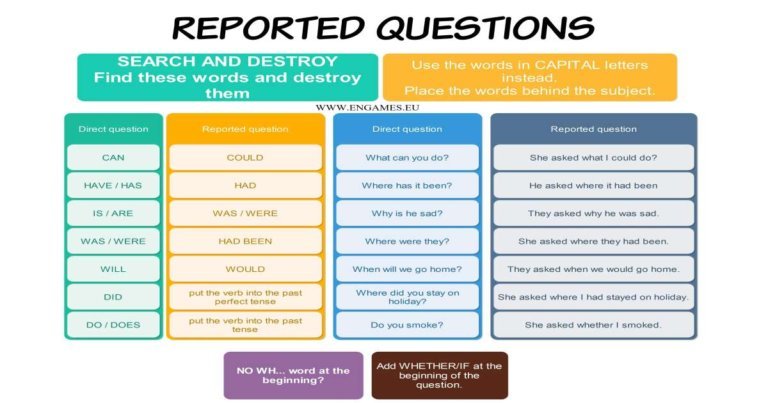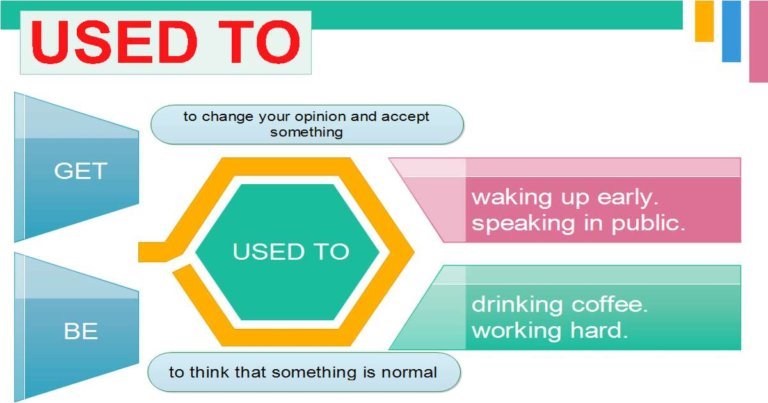Reported Questions – learn this grammar
Reported speech is not easy but when it comes to reported questions students go mad. “There are so many rules to apply,” they whimper. “First, you have to change the question into an announcement and then you have to shift the tenses.” That was why I tried to simplify this procedure. <!– wp:more –> In…

